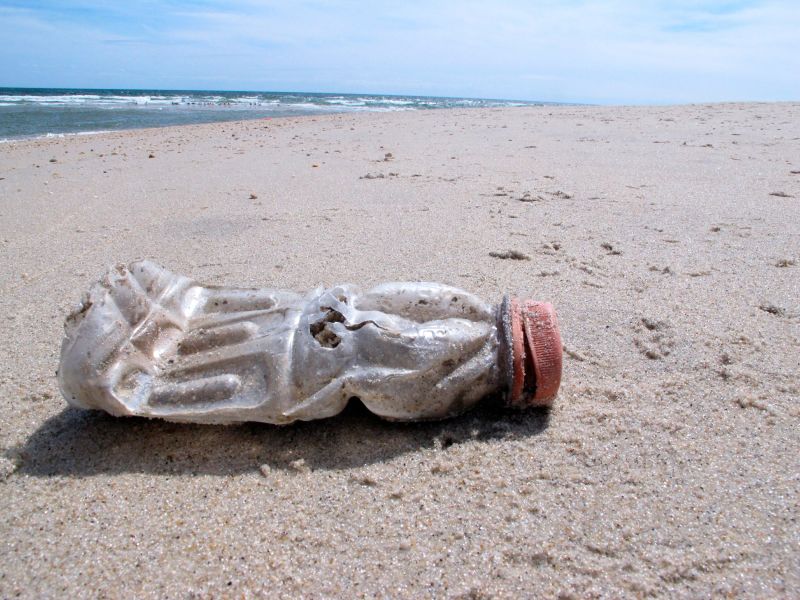
The Doomsday Clock: A Symbol of Humanity's Peril

The Doomsday Clock, a symbol of how close humanity is to destroying the world, has been set at a new time, sparking conversations about existential threats and the climate crisis. Here's what you need to know about this ominous symbol and what it means for the future of our planet.
The History of the Doomsday Clock
For 77 years, the Doomsday Clock has captured the attention of the world as it attempts to gauge how close humanity is to making Earth uninhabitable. This symbolic clock was created in 1947 by the Bulletin of the Atomic Scientists, a group of scientists who worked on the Manhattan Project during World War II. Originally focused on measuring nuclear threats, the clock expanded its scope in 2007 to include climate change in its calculations.
Anonymous female dining healthy vegan plant-based salad in bowl with avocado, cashew, micro-greens, pok choi, chickpeas, tomato, lettuce, cucumber, sesame. Flexitarian fatty acids and dietary fiber
The time on the clock is set annually by the experts on the Bulletin's Science and Security Board in consultation with its Board of Sponsors, which includes nine Nobel laureates. The clock's time has fluctuated over the years, reflecting the shifting perceptions of the existential threats facing humanity. While some have questioned the usefulness of the clock as a metaphor, it remains an important rhetorical device that serves to remind us of the fragility of our existence on this planet.
A discarded plastic bottle lies on the beach at Sandy Hook, N.J. on Tuesday, April 2, 2019, the same day as a report released by the environmental group Clean Ocean Action found that volunteers picked up more than 450,000 pieces of litter from New Jersey's coastline last year. (AP Photo/Wayne Parry)
The Doomsday Clock's Current Setting
The recent setting of the Doomsday Clock at 90 seconds to midnight has raised alarms about the escalating risks to humanity. This is the closest the clock has ever been to the fateful hour, reflecting ongoing concerns about the war in Ukraine, the Israel-Gaza conflict, the potential of a nuclear arms race, and the climate crisis. These pressing issues, highlighted by Rachel Bronson, president and CEO of the Bulletin, underscore the ominous trend towards global catastrophe.
In addition to geopolitical tensions, the Bulletin also cited recent advances in artificial intelligence as a growing concern. The combination of these factors has reinforced the urgency of addressing existential threats and taking bold, concrete actions to move the clock away from midnight.
The Path Forward: Turning Back the Clock
Despite the grim outlook conveyed by the Doomsday Clock, there is hope for reversing the perilous trajectory. The Bulletin emphasizes that because humans created these threats, we have the capacity to reduce them. However, this requires serious work and global engagement at all levels of society. Public engagement and discourse play a crucial role in influencing leaders to take meaningful action, as demonstrated by the impact of discussions at the COP26 climate talks.
Individual actions also hold significant sway in addressing the climate crisis. Simple changes in daily habits, such as reducing food waste, eating seasonally and locally, and recycling properly, can contribute to mitigating the effects of climate change. By examining our personal choices and advocating for collective action, we can work towards turning back the metaphorical clock and securing a sustainable future for humanity.















